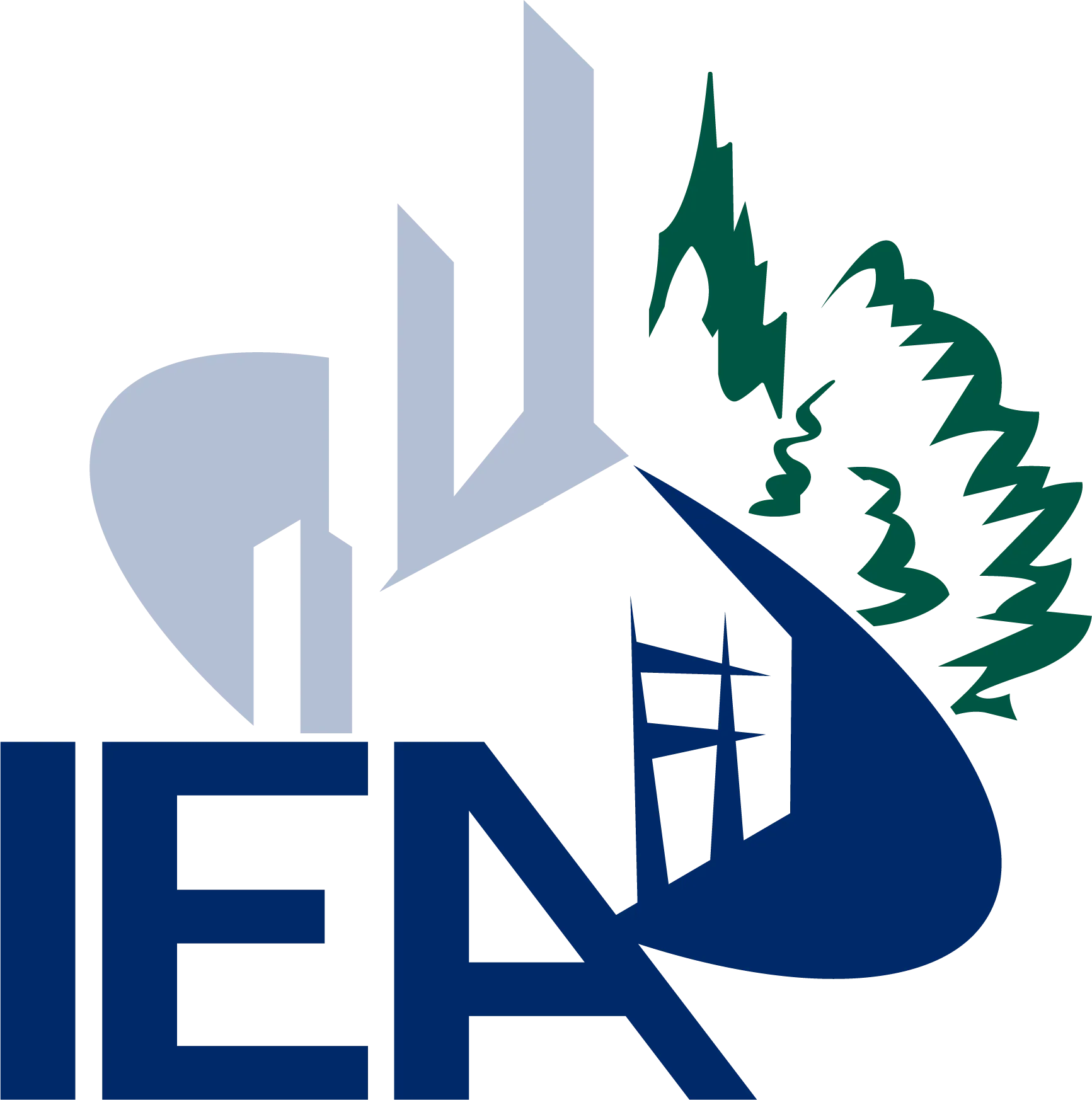A Smarter Approach to Industrial Hygiene Sampling
IEA’s process-driven method combines SDS review and detailed process analysis to build targeted, compliant exposure assessments.
At IEA, we don’t just sample—we strategize. Our experts assess chemical hazards by analyzing how substances are used, who may be exposed, and what regulatory thresholds apply. Through a thorough review of Safety Data Sheets and process workflows, we design focused industrial hygiene sampling plans that help you meet OSHA, EPA, and state-specific standards while protecting your workforce.
IEA can assist with determining the correct analytes to sample for through SDS and Process Analysis:
- We identify chemical hazards, their toxicity, physical properties relevant to exposure (e.g., vapor pressure, particle size), and regulatory/recommended exposure limits in order to determins what to monitor and the acceptable levels per OSHA PELs, state-specific PELs, as well as recommended ACGIH TLVs, NIOSH RELs, and AIHA WEELs.
- Through analysis of the process, we review how chemicals are used, identify potential exposure sources and pathways, assess exposure duration and frequency, and the number of exposed workers. We also evaluate existing control measures. This determines where, when, how, and who is potentially exposed to ensure a complete sampling plan is recommended.
By integrating the what (SDS) and the how/where/when/who (process analysis), industrial hygienists:
- Prioritize sampling for the most hazardous substances with the highest potential for exposure.
- Select appropriate sampling strategies (personal, area, source) and methods based on the contaminant and process.
- Determine sampling duration and frequency to capture representative exposures.
- Identify specific sampling locations and personnel based on exposure potential.
Outcome: A targeted sampling plan that efficiently and effectively assesses worker exposure to identified hazards, allowing for informed decisions on control measures and compliance.
In addition to determining specific chemical hazards that may require personal sampling, the following are specific analytes IEA can assist with sampling and evaluating:
Silica Sampling
- The primary hazard of respirable crystalline silica (very small airborne particles) is that when inhaled and deposited deep in the lungs, it can cause serious and irreversible lung diseases, most notably silicosis.
- Silica dust sampling is a fundamental step in identifying, evaluating, and controlling the risk of silicosis and other serious health effects associated with silica exposure in the workplace.
- IEA provides personal silica monitoring in many different industries, including construction, mining, and manufacturing industries.
Welding and metal work fumes sampling, including Hexavalent Chromium
- Welding often produces fumes that can be harmful to health.
- IEA reviews the different methods of welding to determine the potential fumes and specific metals that may be present in the air during welding and metal work. These air contaminants may include Hexavalent Chromium (Cr(VI)), Manganese (Mn), Nickel (Ni), Lead (Pb), Cadmium (Cd), Iron Oxide (Fe2O3), Zinc Oxide (ZnO), Copper (Cu), Aluminum (Al), and other metals.
- Hexavalent chromium Cr(VI) is a recognized human carcinogen that can impact industrial workers in various occupations. It is present in many different compounds that have a variety of industrial applications. Cr(VI) exposures can also occur when performing “hot work” such as welding on stainless steel, melting chromium metal, or heating refractory bricks in kilns. IEA’s consultants provide hexavalent chromium safety programs and personal sampling to ensure you are in compliance with OSHA standards.
Methylene Chloride
- The EPA’s new Workplace Exposure Rule for methylene chloride introduces stricter limits for laboratory operations and requires compliance by May 5, 2025. This could impact college or university laboratory programs that rely on methylene chloride as a solvent for laboratory processes. In industry and manufacturing, methylene chloride may be used to make adhesives and coatings.
- The EPA’s rule includes a lower exposure limit (2 ppm 8-hour TWA; 16 ppm 15-min STEL), and initial industrial hygiene monitoring is mandatory for compliance. Alternatives, such as ethyl acetate, may be used to replace methylene chloride.
- IEA can assist by completing compliance assessments tailored to EPA, OSHA, and TSCA guidelines, industrial hygiene monitoring to measure exposure levels, assistance with inventory, management, and safe disposal of methylene chloride, as well as with the creation of the Workplace Chemical Protection Program that is required to continue the use of Methylene Chloride.
Formaldehyde
- Formaldehyde is a known human carcinogen linked to cancers of the nose, throat, and leukemia. It is also a potent irritant, causing respiratory problems (coughing, wheezing, asthma exacerbation), eye, nose, and throat irritation, and skin sensitization. Long-term exposure can lead to more severe and chronic health issues.
- Formaldehyde is used in numerous industrial processes and found in many building materials, adhesives, textiles, and consumer products. This creates significant potential for worker exposure across various industries, including manufacturing, healthcare, construction, and furniture production.
- Regulatory bodies (like OSHA in the US) set permissible exposure limits (PELs) for formaldehyde in workplaces to protect worker health. Employers have a legal and ethical responsibility to monitor air quality and ensure these limits are not exceeded. Sampling is crucial for compliance, risk assessment, and implementing necessary control measures to safeguard employees.
Let’s Build Your Custom Sampling Plan Today
Don’t wait for compliance issues to arise—IEA can help you act now. Reach out to our experts for a consultation and get started on a smart, effective exposure monitoring strategy.

